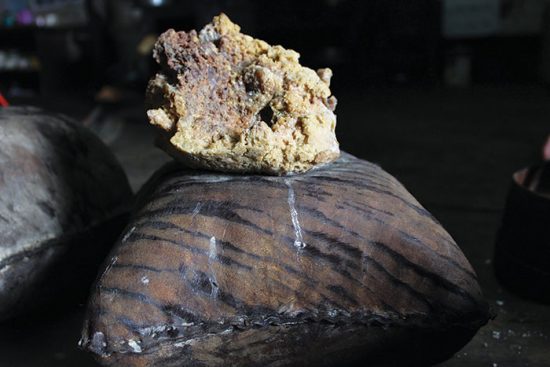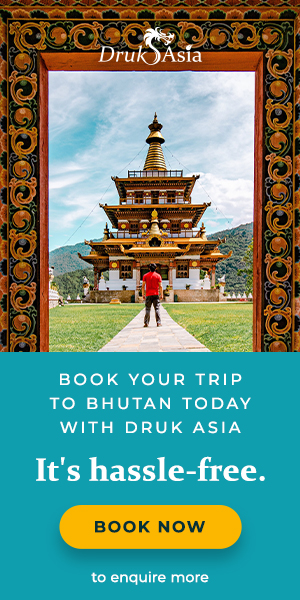Yosha, the highlander’s speciality

Yosha, the highlander’s speciality
I am in Merak, Trashigang, the land of yosha, fermented cheese with a noxious stench so overwhelmingly commanding that can leave one effortlessly limp and woozy, vastly vanquished, and in profound delirium. That wicked odour, so villainous in its airy nature, has a way to force into one’s head and therein dwell for days, perverting and twisting the very dignity, sanity, and lucidity, of one’s hitherto unmolested senses.
In other parts of the country yosha is also widely known as zoetoe.
This supreme delicacy of the highlanders this side of the mountains north is Bhutan’s answer to Sweden’s brain-numbing, puke-roiling and sense-banishing herring rot, Surströmming.
Here in Merak, in this community of tough and weather-beaten herders, yosha goes with everything, except perhaps with tea. In a place where this delicacy is so sincerely loved, so zealously guarded, and so dedicatedly devoured, one can never be sure.
What makes yosha so special?
First, it takes special skills to make it. Second, it takes years to age and be ready. It’s a true labour of love, the making of this nose-turningly pungent lump of yak cheese.
Rinchen Tashi, a robust highlander, is busy preparing one. He picks a half-filled hide bag that he had hand-stitched, stored near the oven, and soaked in hot water. Soaking the hide bag will make stitching the mouth of the bag easy. Slowly and carefully, he starts filling the hide bag with yak cheese, water completely drained.
The texture of the cheese before it is stuffed should be moderately dry, says Rinchen Tashi, feeling it with his fingers (one could mistake them for a rhizome of a ginger). That’s a prerequisite for a smacking good yosha.
“If we don’t drain the water completely, the final product will be mushy and there are chances of maggots infesting the cheese,” he says with an air of an expert flaunting his talent.
It is an arduous job, making yosha. It takes nearly two hours for Rinchen Tashi to seal the mouth of the hide bag. Dark juice of dirt from his hands seeps into the bag.
“Now, that, is the secret. It add this one extra flavour,” says Rinchen Tashi, smiling. And so it is valued more than meat, or anything, in the lives of the highlanders here. “Yosha is an important source of our income.”
The highlanders of Merak make yosha between March and October. The sealed hide bag must be kept near the hearth for about a month. It requires constant and expert monitoring. Once the hide bag becomes hard from the outside, it is moved away from the heat. Generally, it takes one year for the cheese inside to harden. Its colour will be brownish.
“A yosha is a good yosha only if it has turned brown in the inside. It will taste very good,” says Rinchen Tashi.
People would usually preserve yosha for more than three years. But now because the climate has become warmer, one year is enough to produce a well-fermented cheese.
“If the duration exceeds one year, the cheese inside gets powdery and will be infested with maggots,” says Rinchen Tashi. “And that’s no good.”
There is a high demand for yosha outside Merak. Most of the herders sell the cheese that has been fermented only for about five months. Typically, the ones that are available in the market today are fermented for only about four months. A kilogram of well-fermented Yosha sells for about Nu 600. The ones that are fermented for just about five months go at Nu 400 per kg or less.
“The ones that have aged more than a year, we keep them for ourselves,” says Rinchen Tashi. “They are considered delicious and precious. We stow them away for special occasions.”
Although with modern development a lot of things have changed in the highland, the tradition of making yosha is still strong. For now at least, it is.
It is lunchtime, almost. I can smell yosha frothing on the stove. I think of an episode from Man Vs Wild in some distant Himalayas.




